Jaguar E-Type For Sale
The Jaguar E-Type, also known as the XK-E, is one of the most legendary sports cars of the 1960s and 1970s. With its unmistakable lines and exceptional blend of performance and style, the E-Type defined an era and remains a coveted collector's vehicle today. Whether as a roadster, coupe, or V12 variant, the Jaguar E-Type is truly unique. In this article, you will learn everything important about its history, the most popular models, and key purchase criteria for this classic.
Search results
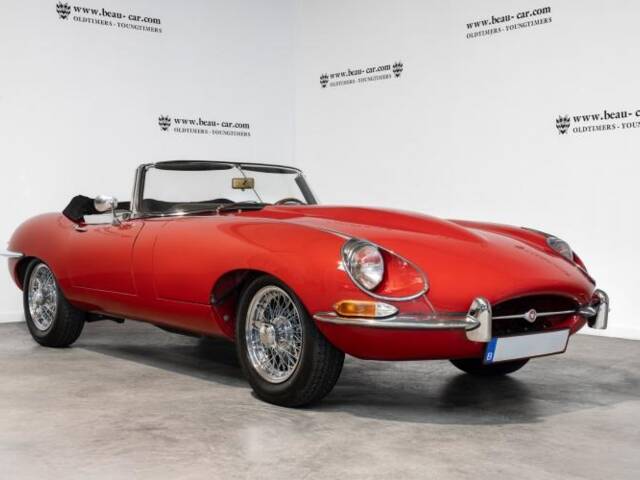
1968 | Jaguar E-Type
E Type OTS
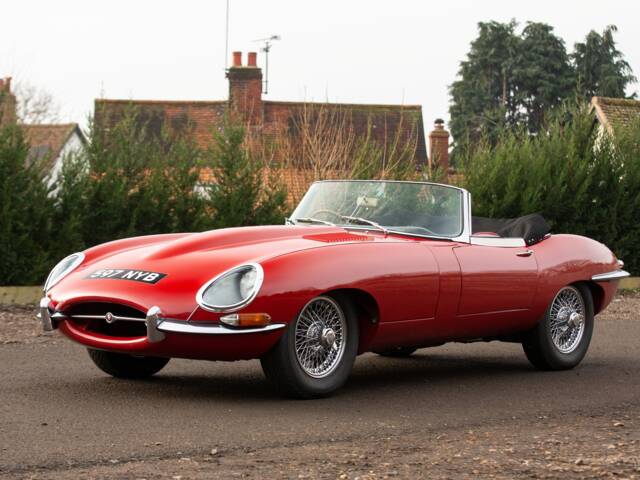
1961 | Jaguar E-Type 3.8 Flat Floor
1961 Jaguar E-Type 3.8 ' Flat Floor ' Roadster
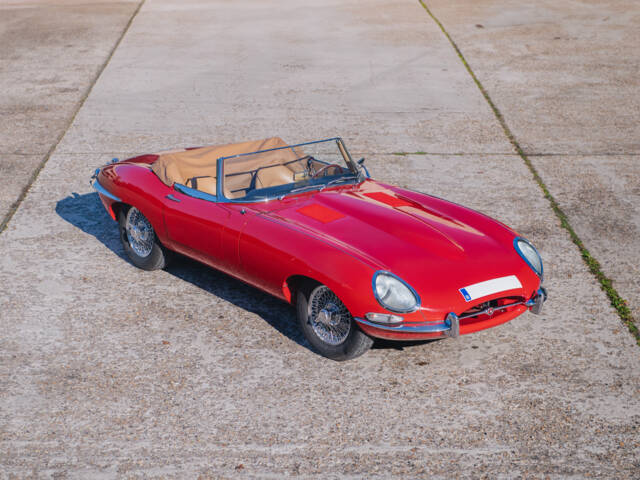
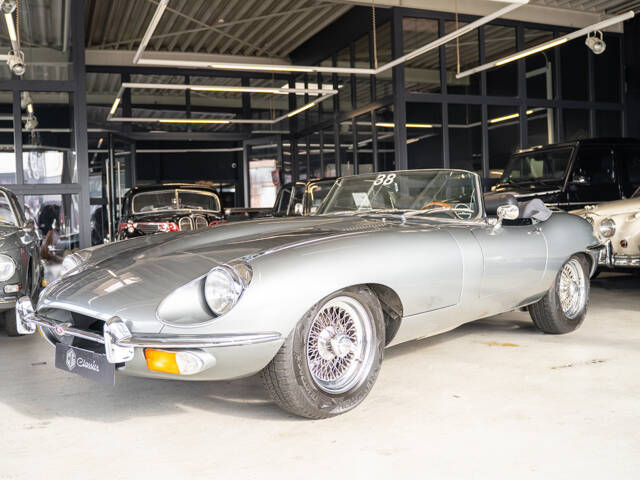
1970 | Jaguar E-Type
Vollständig restaurierter Zustand! 2. Serie!
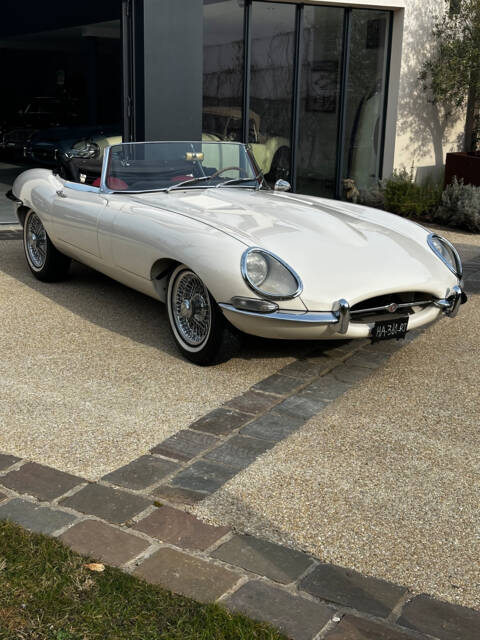
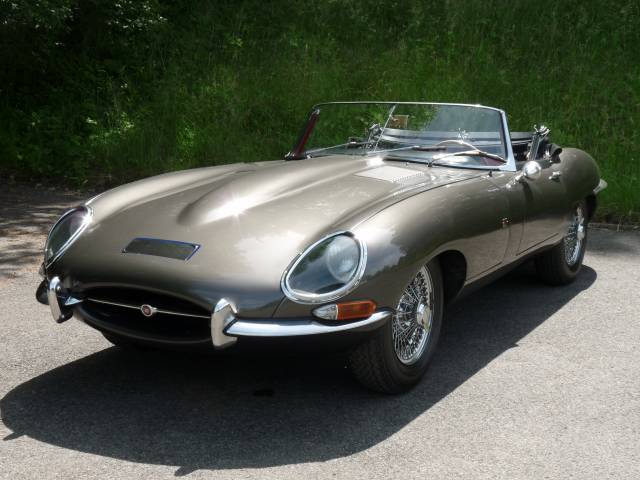
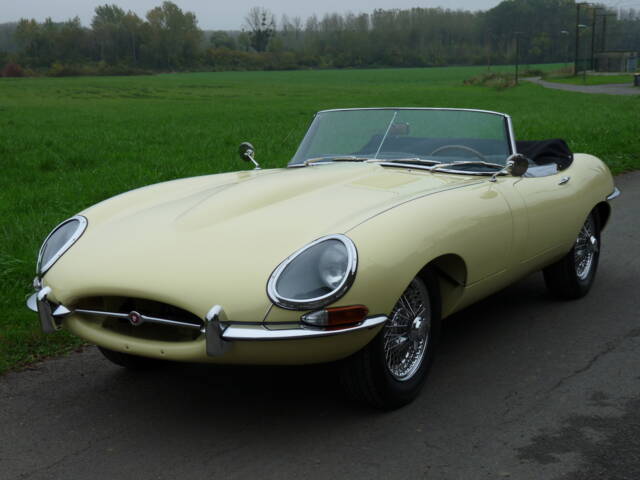
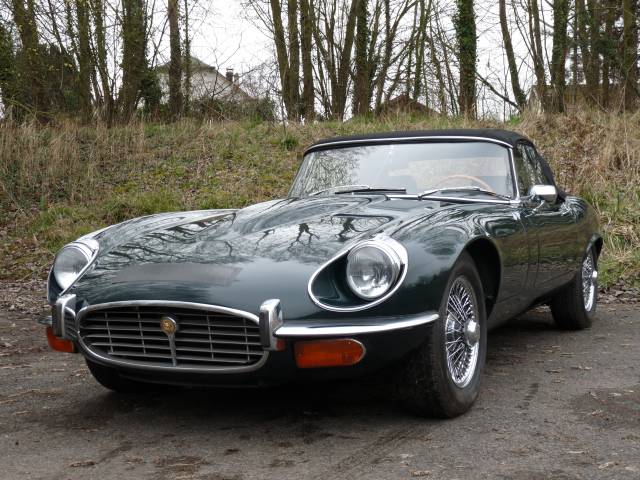
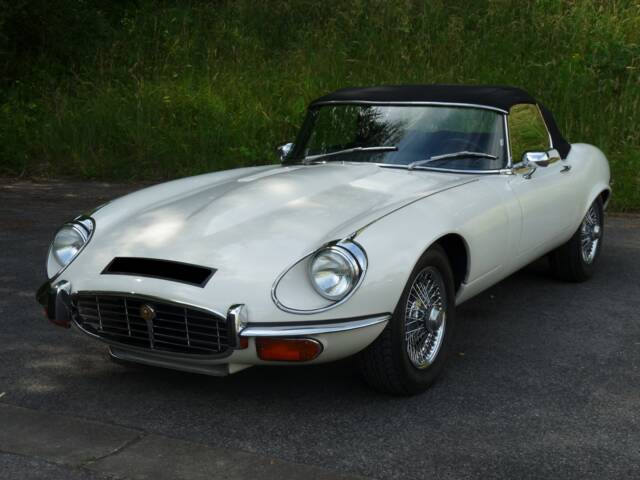
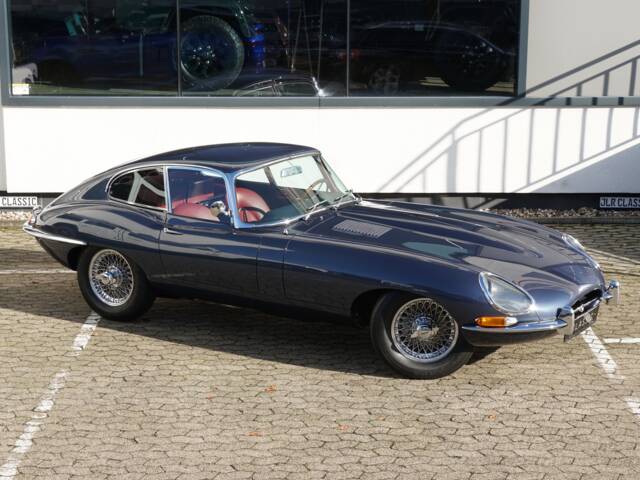
1962 | Jaguar E-Type 3.8
1962 Jaguar E-Type Series 1 Fixed Head Coupe 3.8 Ltr.

1974 | Jaguar E-Type V12
1974 Jaguar E-Type Series III V12 OTS RHD Matching Numbers
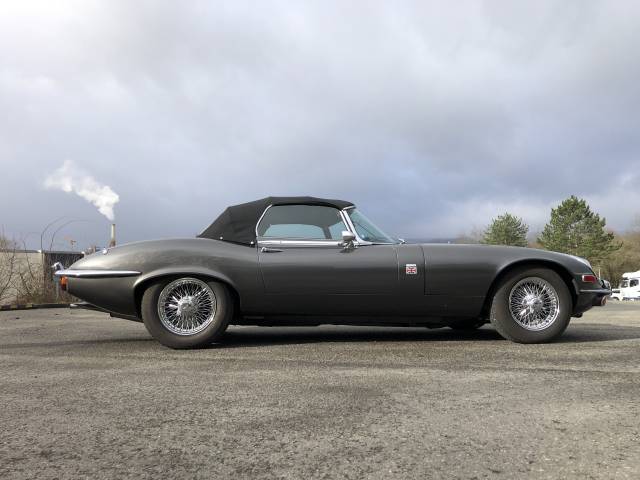
1973 | Jaguar E-Type V12
Seit 25 Jahren in einer Hand TOP Zustand
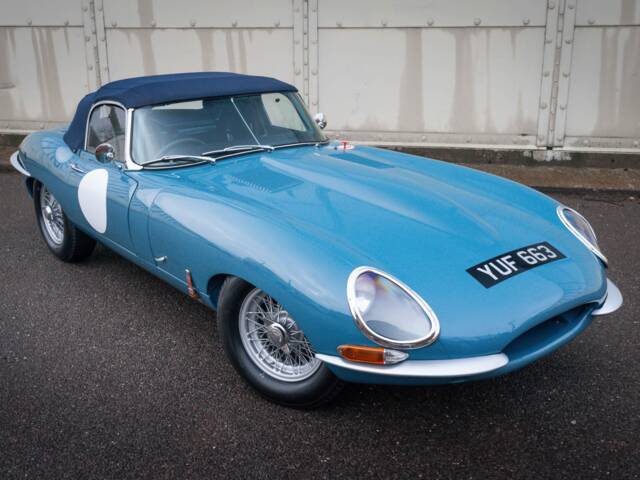
1963 | Jaguar E-Type 3.8
E-Type Pre-63 FIA
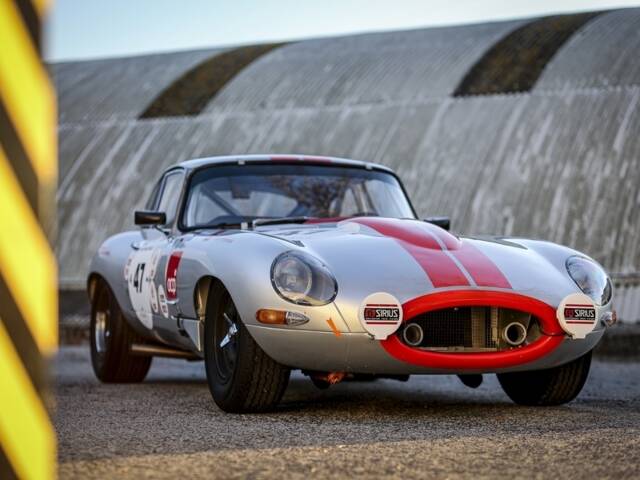
1962 | Jaguar E-Type 3.8
Jaguar E-type FHC Competition FIA
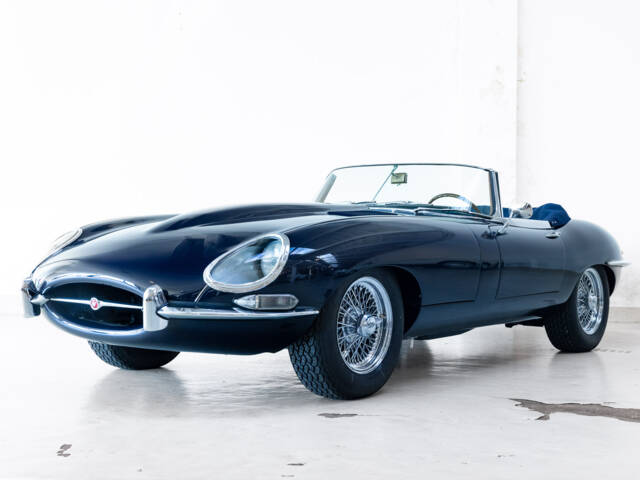
1967 | Jaguar E-Type
Series 1 OTS - Matching Numbers - Nut & Bolt -
Jaguar E-Type Classic Car: History
The Jaguar E-Type was first unveiled to the public in 1961 and quickly gained worldwide acclaim. It was developed by Malcolm Sayer, who integrated aerodynamic principles into its design, giving it a sleek, timeless shape. The first series of the E-Type featured a 3.8-liter inline-six engine and was available as both a roadster and a coupe. Over the years, both the engine and design were refined. The introduction of the 4.2-liter engine in 1964 improved the driving experience with more torque.
A significant turning point was the launch of Series 3 in 1971, powered by a robust 5.3-liter V12 engine. This model offered even more power and comfort while retaining the classic character of the Jaguar E-Type. Although production ceased in 1975, the fascination with the Jaguar E-Type continues to thrive today.
Popular Jaguar E-Type Classic Car Models
- Jaguar E-Type Series 1 (1961–1968): The original version with its distinctive sleek design and covered headlights. Early models with the 3.8-liter engine are particularly sought after, while later variants featured a 4.2-liter engine that provided smoother and more powerful performance, offering more torque at similar power levels (269 hp). This version also included a fully synchronized gearbox and improved brakes.
- Jaguar E-Type Series 2 (1968–1971): The headlights became exposed due to legal requirements in the US, and the cooling and braking systems were enhanced. This series featured larger rear lights, an enlarged grille, and revised dashboards. While the design was no longer as delicate as Series 1, these models are noted for being more reliable and practical for everyday use.
- Jaguar E-Type Series 3 (1971–1975): This series introduced the impressive 5.3-liter V12 engine, adding even more power to the E-Type. The wheelbase was extended for greater comfort, and the vehicles were primarily designed as luxurious cruisers. The Series 3 E-Type is particularly popular as a convertible, identifiable by its flared fenders, larger grille, and four exhaust pipes.
Features of the Jaguar E-Type Classic Car
The Jaguar E-Type embodies a host of innovations in its design and mechanics. Its independent suspension and four disc brakes were groundbreaking at the time. The slender body and long hood remain trademarks of the vehicle, and its performance was exceptional for its era. The blend of sportiness and elegance continues to resonate with collectors and enthusiasts alike.
Important Purchase Criteria for Jaguar E-Type Classic Cars
- Condition and Restoration Level: The Jaguar E-Type is known to be susceptible to rust, particularly in critical areas such as the frame and sills. Comprehensive restorations can be costly, but a well-restored example usually represents a valuable investment. Pay attention to the quality of restoration work and the materials used.
- Originality and Historical Accuracy: Many E-Types have been modified over the years to meet modern demands. Collectors place great value on original parts and authentic specifications. Vehicles that are true to their original form typically command higher prices. The various engine options (3.8L, 4.2L, V12) and series (I, II, III) have different market values and characteristics, with Series I vehicles, particularly early 3.8L variants, often being the most valuable. Verify that the chassis number matches the engine and other major components, as well as the original color combination, which can influence value.
- Maintenance and Availability of Spare Parts: Spare parts for the Jaguar E-Type are still relatively accessible, especially for the more common 4.2-liter models. However, one should ensure that the vehicle has been regularly maintained and that the service history is well-documented. While originality is important, certain sensitive upgrades, like improved cooling systems, can enhance everyday usability without diminishing value.
Jaguar E-Type Classic Car: Technical Specifications
Here’s an overview of the key technical specifications and features of the most popular Jaguar E-Type classic cars:
| Model Series | Model Name | Generation | Production Years | Body Variants | Engine | Power |
|---|---|---|---|---|---|---|
| Jaguar E-Type (XK-E) | E-Type | Series I | 1961-1968 | Roadster, Coupe | 3.8L, 4.2L Inline 6 Cylinder | 265 hp |
| Jaguar E-Type (XK-E) | E-Type | Series II | 1968-1971 | Roadster, Coupe | 4.2L Inline 6 Cylinder | 265 hp |
| Jaguar E-Type (XK-E) | E-Type | Series III | 1971-1975 | Roadster, Coupe | 5.3L V12 | 272 hp |
Restoration of Jaguar E-Type Classic Cars
Restoring a Jaguar E-Type requires precise expertise and patience. The body and chassis are critical areas, as rust is a common issue with this model, particularly at the door sills, rear wheel arches, and footwell. Thorough inspection of structural components like the frame and sills is essential, often necessitating extensive welding and replacement of sheet metal. The engine and drivetrain also require special attention, including overhauling the engine, evaluating and possibly restoring the gearbox and differential, and replacing seals and bearings to prevent oil leaks.
It is vital to use the correct spare parts for the Jaguar E-Type to restore the vehicle's original condition as closely as possible. There are specialized workshops and suppliers for the Jaguar E-Type, especially Series I, that focus on historically accurate parts. A well-documented restoration using original components not only enhances the vehicle's value but also contributes to its long-term preservation.
However, complete restorations can be expensive and time-consuming, especially for early models and the Series 3 V12. Well-executed restorations can fetch top prices in the collector market and represent a valuable investment for enthusiasts.
Conclusion
The Jaguar E-Type Classic Car remains a symbol of timeless elegance and sporting performance. With its iconic shape, powerful engines, and distinctive driving experience, it is one of the most coveted classic cars in the world. At Classic Trader, you will find a curated selection of Jaguar E-Type models – each a masterpiece of automotive history. Those in search of a unique classic should consider the Jaguar E-Type.
FAQs about Jaguar E-Type Classic Cars
Why are Jaguar E-Type classic cars so popular?
The Jaguar E-Type classic car captivates with its timeless design and powerful performance. It is regarded as a symbol of British engineering and is considered a true collector's item. Legend has it that Enzo Ferrari called the E-Type "the most beautiful car ever made," which inspired him to create the GT/L 'Lusso'. The combination of its aerodynamic shape, performance, and luxury makes the E-Type a highly sought-after collector's vehicle.
How can I find spare parts for the Jaguar E-Type classic car?
Spare parts for the Jaguar E-Type classic car can be found through specialized suppliers, classic car clubs, and auctions. The availability of parts is particularly good for the 4.2-liter models. Notably, Jaguar Classic even offers reproductions of certain parts, making the restoration and maintenance of these classics easier.
What should be considered when purchasing a classic Jaguar E-Type?
When considering a classic Jaguar E-Type, pay close attention to rust, especially in the frame, sills, and wheel arches, as these areas are particularly vulnerable. Ensure that the vehicle has been regularly maintained and retains as much originality as possible. A comprehensive history of the car is crucial for potential buyers. The originality of the vehicle, including the engine, transmission, and interior, significantly affects its value and authenticity. Additionally, thoroughly check the condition of the electrical system and cooling system, as these can often present issues in older vehicles. Verifying the chassis number is essential for confirming the authenticity of the car.